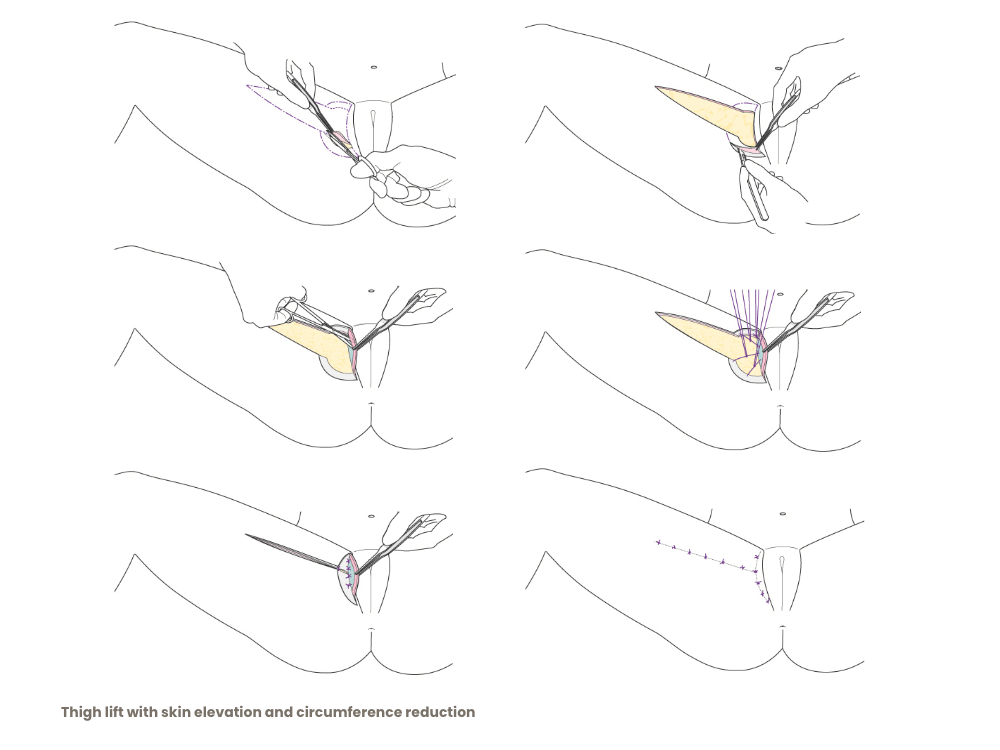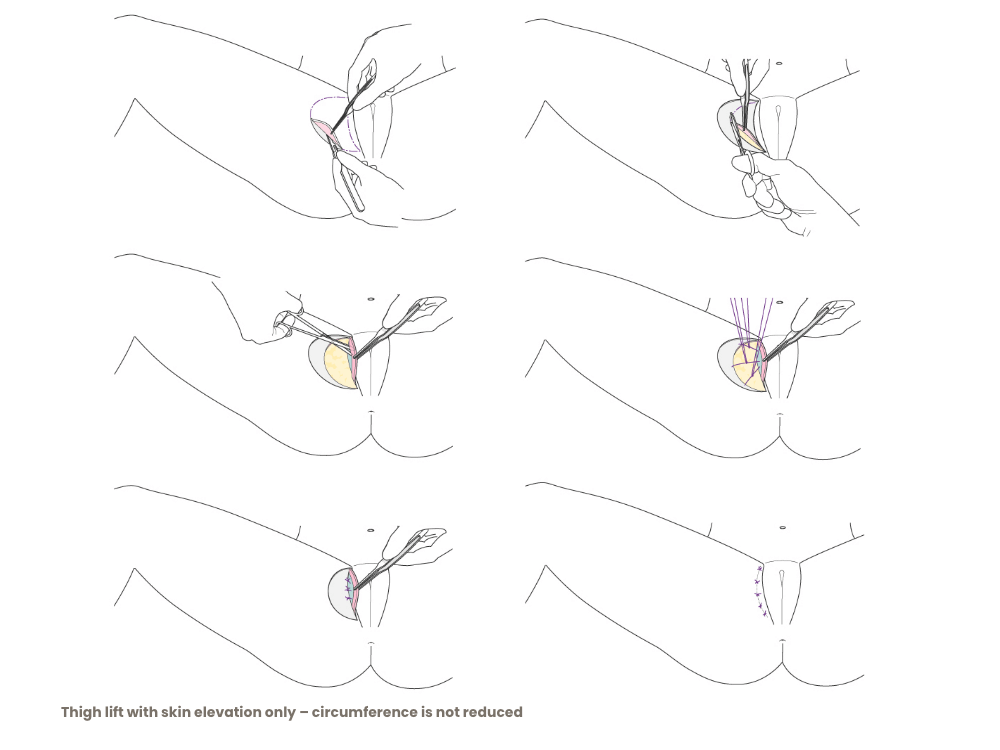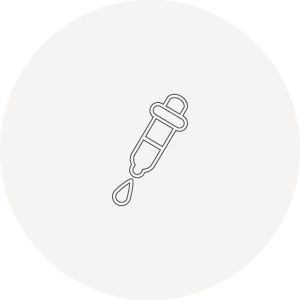How is a thigh lift performed?
The inner thighs are a common problem area, especially for women, and can often be corrected with liposuction. However, if the skin is too loose, an improvement in appearance can only be achieved through a surgical lift.
In recent years, the frequency of thigh lifts has increased significantly, as advances in bariatric surgery (gastric bypass, gastric sleeve, etc.) have enabled more and more obese patients to lose weight successfully.
There are two surgical methods available:


The technique using a crescent-shaped incision reduces the circumference of the thigh only slightly but effectively tightens the skin on the inner thigh.
The technique with an extended incision along the inner thigh is much more effective and leads to a significant reduction in thigh circumference.
For the majority of my patients, the excess skin is not severe, so the extended incision is rarely necessary. In most cases, the crescent-shaped incision in the groin area is sufficient. The scar is positioned precisely within the groin crease, making it easily concealed by underwear or swimwear.
An important aspect of the thigh lift is avoiding excessive skin tension in the groin area, which could otherwise lead to renewed sagging of the skin and, in women, a downward displacement of the outer labia.
To prevent this, the tightened skin is anchored to the firm connective tissue of the pubic bone (“Cooper’s ligament”) by creating a dermal flap fixation.







